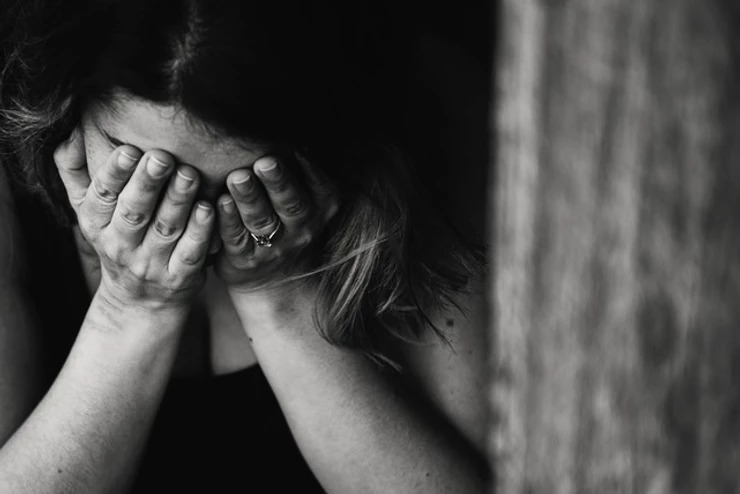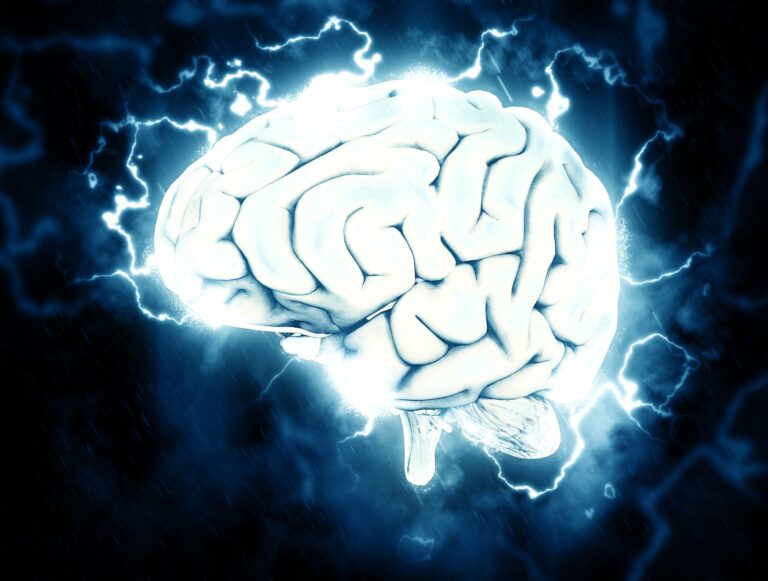Tracking Triggers
There is a lot of talk lately about “the real world” not having trigger warnings. However, this is largely untrue. The news will sometimes tell you to take your children out of the room. You can look up any movie to see if a dog dies in it. If you tell your friends you don’t want something talked about in front of you, they generally listen. If not, you might not have the right friends.
When there is the urge to fall back into addictive behaviors or negative thinking, sometimes simply not doing those things isn’t enough. Otherwise, the trigger could come again and again, wearing out your resolve. If, however, once we realize we are struggling, it can be good to do a quick check in. Here are some questions that can help get you started.
-
What am I triggered to do?
-
What am I feeling?
-
What led to me feeling what I am feeling?
-
Is there something besides what I’m triggered to do that can help cope with this feeling?
But sometimes, it can be hard to figure out what we should avoid. It may seem obvious that when you’re recovering from drug and alcohol addiction you should avoid graphic images of people doing drugs. But addiction isn’t only about the chosen drug. It’s often about using those substances, behaviors, or ways of thinking to cope. In addition, triggers don’t only lead to substance use, they can cause a relapse in mental illness symptoms or just bring up past trauma. These also can be triggered by experiences or emotions that don’t seem related to the symptoms or traumas.
Often, it can be good to write out the answers to the previous questions be studied later. For example, if you yell at your son every time you’re mad at your mother, it might make sense to find another outlet for anger after stressful conversations with your mother. Often, our strong urges and emotions are about a prior trigger more than about a specific incident. But with pauses to record our actions and a time to think over them triggers can be either avoided or dealt with in a manner that makes us proud.








